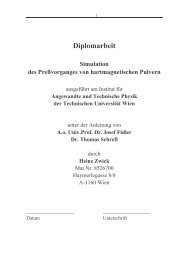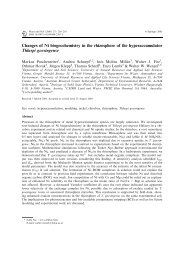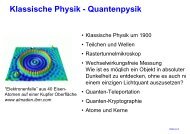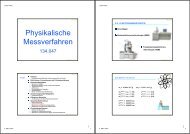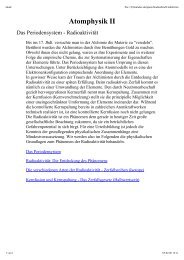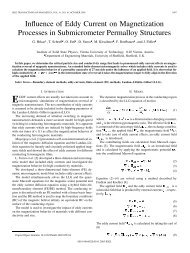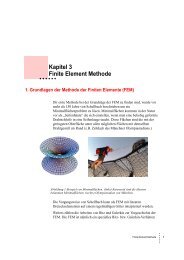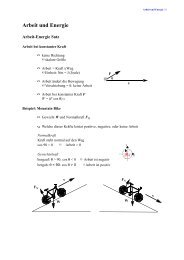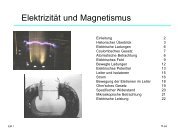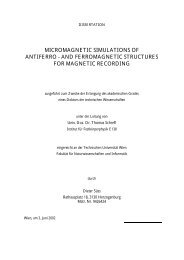Read Back Signals in Magnetic Recording - Research Group Fidler
Read Back Signals in Magnetic Recording - Research Group Fidler
Read Back Signals in Magnetic Recording - Research Group Fidler
You also want an ePaper? Increase the reach of your titles
YUMPU automatically turns print PDFs into web optimized ePapers that Google loves.
Output [V]<br />
0.108<br />
0.107<br />
0.106<br />
0.105<br />
0.104<br />
0.103<br />
0.102<br />
0.101<br />
-0.10 -0.05 0.00 0.05 0.10<br />
H z [T]<br />
FEM Simulations<br />
ΔR/R [%]<br />
Current <strong>in</strong> pos. y-direction<br />
Current <strong>in</strong> neg. y-direction<br />
Current <strong>in</strong> pos. y-direction, Hex = 0.1T<br />
1<br />
0<br />
-1<br />
-2<br />
-3<br />
-4<br />
-0.10 -0.05 0.00 0.05 0.10<br />
Hz [T]<br />
Figure 6.6: The output voltage (left) and the relative change <strong>in</strong> resistance (right, <strong>in</strong> respect<br />
to the equilibrium state) over the external applied field <strong>in</strong> z-direction for both current<br />
direction and a larger exchange bias field.<br />
The correspond<strong>in</strong>g outputs for both current directions and a stronger exchange bias are given<br />
<strong>in</strong> Figure 6.8. A positive external field leads to a parallel alignment of the magnetizations of<br />
both layers, result<strong>in</strong>g <strong>in</strong> a low resistance. If the external field is applied <strong>in</strong> negative z-<br />
direction, the resistance <strong>in</strong>creases, because the magnetic configuration approaches the<br />
antiparallel state. However, if the magnetic field overcomes the exchange bias field, the<br />
p<strong>in</strong>ned layer magnetization is not fixed anymore and rotates towards negative z-direction. So<br />
for large negative external fields we have aga<strong>in</strong> a parallel state and therefore low resistance.<br />
As expected the favorable current direction shows less asymmetry <strong>in</strong> change of resistance<br />
around the equilibrium state than the opposite current direction. Moreover the GMR sensor is<br />
more sensitive, because the slope of the transfer curve at zero field is larger. The output<br />
voltage for this case is also higher, because here the magnetization vectors are more likely<br />
aligned antiparallel (see equilibrium state <strong>in</strong> Figure 6.4), lead<strong>in</strong>g to larger resistance.<br />
In case of a stronger exchange bias field, H ex = 0.1T , we have a much better transfer curve<br />
for higher external fields. (Unfortunately such high exchange fields are rather unrealistic. To<br />
<strong>in</strong>crease the bias field for the p<strong>in</strong>ned layer, synthetic antiferromagnets, as described <strong>in</strong> Section<br />
71



